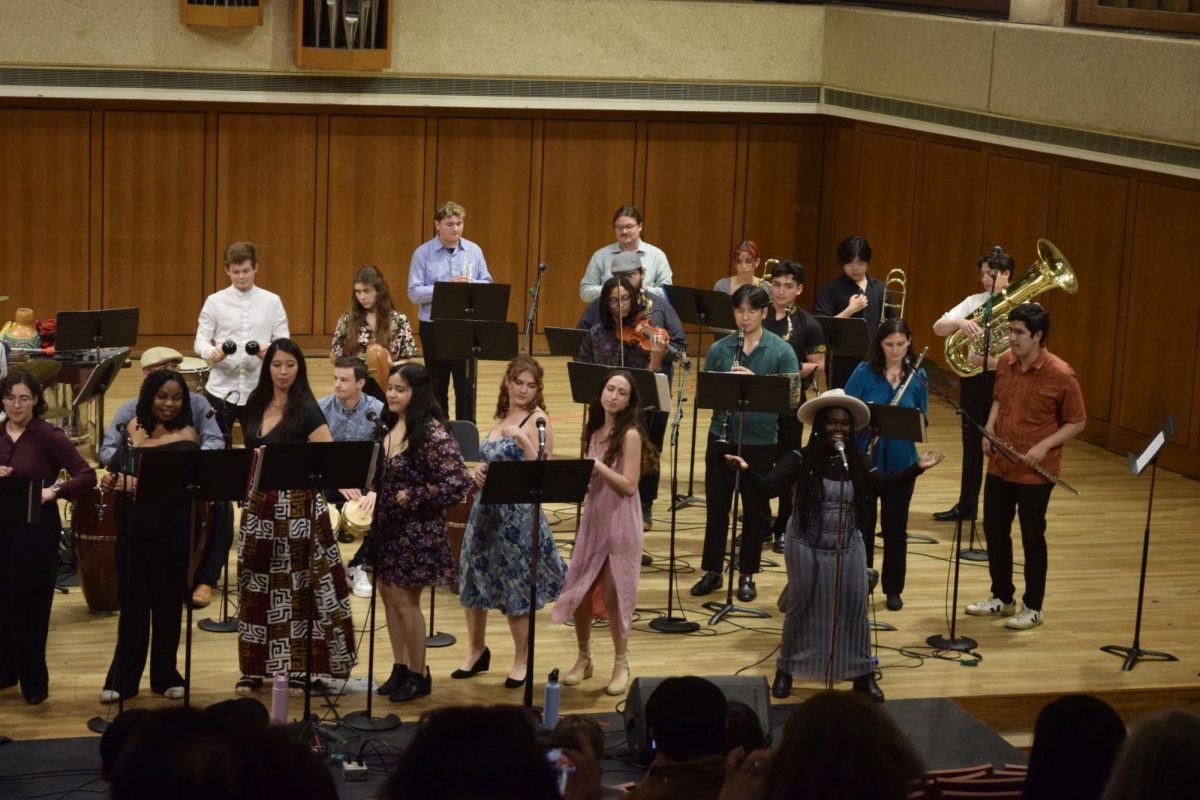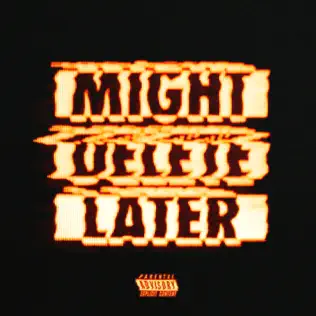Electronic dance music, or EDM, has emerged as the next big thing for American mainstream music. Key components include Las Vegas' Electric Daisy Carnival, a festival that has become notorious for its nocturnal DJ sets, the sea of neon-clad individuals that accompany EDM, and most recently, new kid on the block Skrillex, who won three Grammy awards on Sunday. EDM is baptizing skeptics in its synth-soaked, bass-heavy waters, and once the conversion is complete, there's no turning back.
What seems to be the case for electronic music in America is that the genre, a home to a plethora of sub-genres (downtempo, ambient, glitch, etc.), have been overshadowed by dubstep's American counterpart: “brostep.” Although the sub-genre is enjoyable, it is a momentary superficial pleasure, the feeling of euphoria leaving as quick as it comes in glitchy spurts and catastrophic bass explosions.
Originally a form of dance music that began in London, dubstep has since been distorted and disfigured from its early beginnings with the creation of brostep. The sub-genre is unlike its predecessor in that it relies on exaggerated amounts of bass wobble, resulting in a more aggressive sound.
Rusko, one of the first producers to experiment with the sub-genre, has since come to “hate” what he helped create. “Now I think it's gone too far. It's got too noisy for noisy's sake … it's lost a little bit of feeling,” the producer said during an interview with the BBC last year. Brostep does have an aggressive undertone to it, which contributes to its appeal. As soon as it begins, you are bombarded with punch-to-the-gut cacophony, a fuzz-wobble and ground-shaking bass forcing you to move around wildly.
Music journalist Nitsuh Abebe summed up America's fascination with brostep, in his article, “Why Does America Love Skrillex?”
“For one thing, it sounds essentially like hard rock or metal — a gnarly, monumental, distorted sound that tears through the middle of the frequency spectrum,” Abebe said.
This sound is noticeable in Skrillex's music. Once the former lead-singer of post-hardcore act From First to Last, Skrillex has taken the discordance and raw energy that first made him successful, and has combined that with electronic spasms and sounds, resulting in hits such as “Scary Monsters and Nice Sprites” and “First of the Year.” Other electronic-labeled groups also rely on that same post-hardcore, punk energy. Death From Above 1979's performances ooze with abrasiveness; The Bloody Beetroots first became notorious for their breed of dance-punk electronic music, incorporating live instrumentation in their sets; and how can we forget Does It Offend You, Yeah?, whose performances often included stage diving and breaking their instruments.
I would argue that these groups have not triumphed like Skrillex and his peers because they're not as to the point and obvious. Brostep is not as complex as the musical styles of the aforementioned groups. Even more popular electronic acts like Justice or Daft Punk, offer a level of sophistication in their work, that brostep does not. For example, Daft Punk's “Aerodynamic” flourishes with melodies and counter-melodies, crescendoing with synth solos that have a classical feel to them. Unlike those groups that primarily rely on melody and the “tension and release” procedure common in most electronic music, brostep is straight and loud.
Producer Dubba Jonny’s “UKF Dubstep Tutorial” describes it best: start off with the kick and snare, add a few modulated bass-lines and make sure your drop, the most important part of the song, is ready to go. It's conventional, predictable and enjoyable, the three qualities necessary to make a mainstream hit. By following the commandment which is, “Thou shalt not have a popular breakdown without a bass drop,” brostep brings the weird and cohesive together in the simplest way possible, the result a sample of the best components of what electronic dance music has to offer.
Brostep is able to, as Abebe puts it, “pileup … all the most obviously, superficially cool and high-impact parts of a dozen different genres.” Unfortunately, this “pileup” undermines the genres that brostep takes from. Its simplistic approach creates the impression that all electronic dance music is just as loud and superficial when that is not the case. Its mainstream appeal sacrifices creativity and innovation for three minutes of repetitious cacophony.
EDM should not ride on the shoulders of brostep to be successful. Like the post-hardcore scene it's derived from, the sub-genre could very well lose its importance over time. Brostep needs to return to where it belongs: at music festivals and parties, not sitting atop an electronic throne.





















